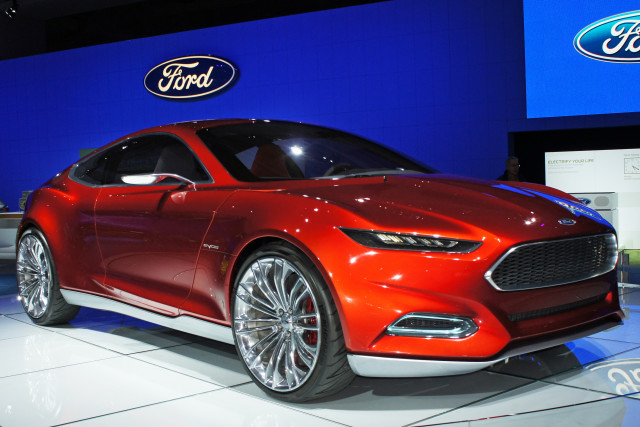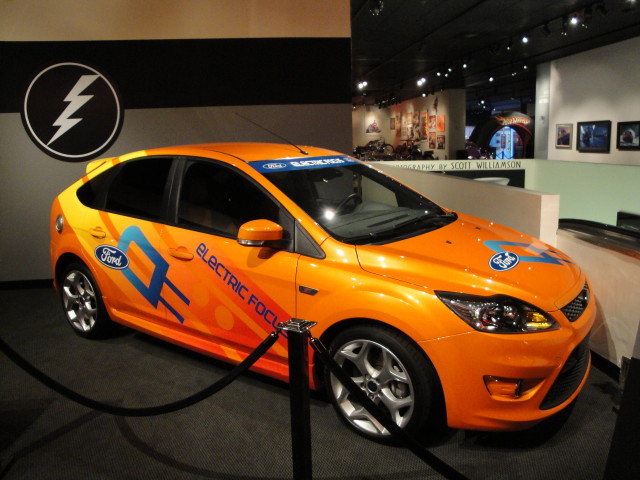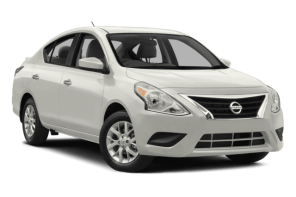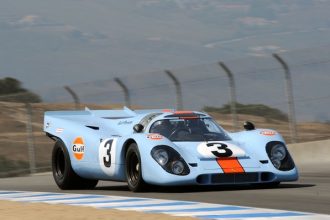Ford has provided the world with some of the best, most practical vehicles. But the company is leaning towards performance cars that will be released through 2020. The company has set up a global performance division that is composed of the Ford Racing, SVT team from the U.S., and the RS team from Europe. While it is still a secret which models will be released, the 1968 European Ford Focus RS will be sold as a performance vehicle. But why does Ford want to venture in the performance car market?
Wider Client Scope
Performance models are considered a niche product, catering to a specific market—mostly millennials. Ford and other automakers have struggled to engage them, but the performance cars could very well change that. With the younger market joining in the list of existing and loyal Ford clients, the company can see an expansion of their target audience.
Bigger Profit
Although sales of such vehicles only make up 10% of the total sales, it is currently growing. Combined with other more popular models under Ford, it can be a winning move for the company. Between an SUV and a performance car, the latter offers so much promise of a profit. A compact Focus, for instance, starts at a price under $17,000, but a high-performance ST model cost around $29,000, which obviously offers higher profit. According to Ford, “More than half of those who buy a high-performance Ford go on to buy another Ford product”.
Better Engineers
In the course of developing high-performance vehicles, new technologies and ideas are developed that will help engineers create more fuel-efficient and better-performing vehicles. This means, forming a performance division in Ford can greatly help train and motivate engineers and designers, as well as hire and retain excellent talents. The lessons learned in high-performance and racing programs will also help automakers create better mainstream and mass market products.






